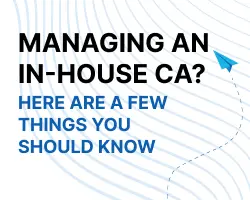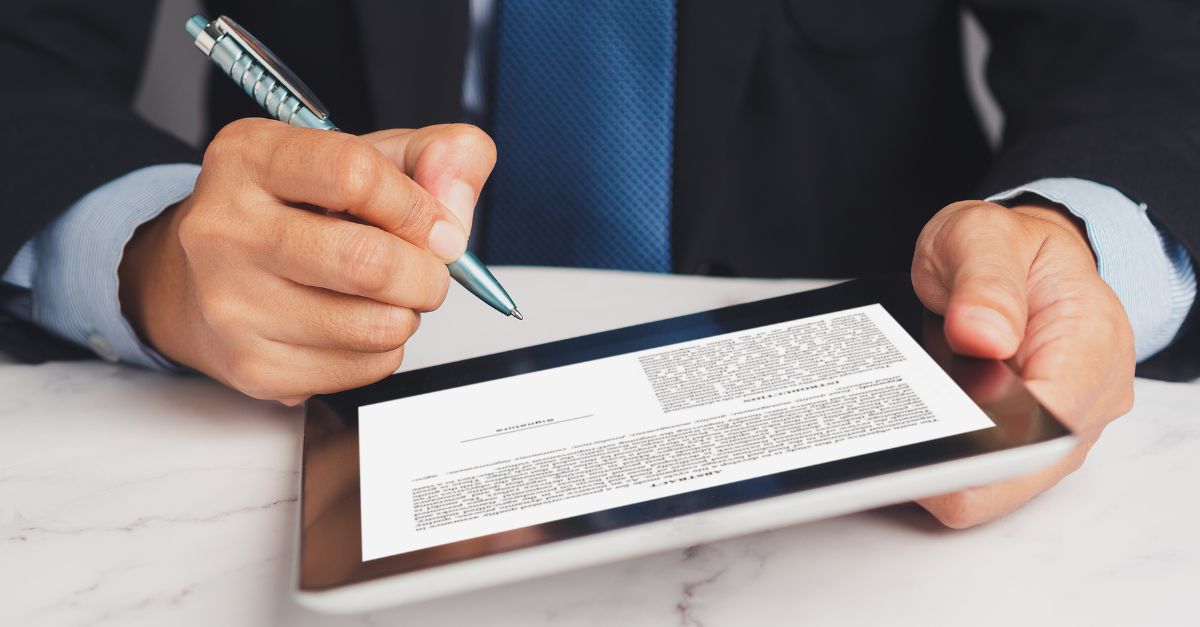eIDAS 2.0(电子身份识别、认证和信任服务)是对原有 eIDAS 法规(欧盟第 910/2014 号法规)的更新,正在逐步生效,标志着欧盟数字身份发展的一个重要里程碑。其中有一些重要更新涉及 eIDAS 法规中的电子签名定义,因此我们将在本文中分解第 4 节:电子签名的关键要素。
第 4 节 - 它是什么?
eIDAS 法规第 4 节规定了欧盟成员国对电子签名的要求和法律立场。该部分分为第 25 章至第 34 章,提供了识别、验证和保护电子签名的结构化方法。这一部分对于确定全欧洲安全和具有法律效力的数字交易的要求至关重要。

主要收获
- 电子签名的法律承认:
- 所有电子签名(简单、高级、合格)在欧盟都得到法律承认。
- 合格电子签名(QES)提供最高级别的法律保证,在各会员国中等同于手写签名。
- 合格签名是黄金标准:
- 高级电子签名(AES)安全可靠,与签名者唯一关联,确保真实性和完整性。
- 合格电子签名(QES)则更进一步,通过更严格的身份验证和经认证的签名创建设备,为敏感交易提供最强大的安全性。
- 简化跨境合规:
- 对于跨境交易或公共服务,成员国不能要求高于 QES 的安全级别,以确保整个欧盟采用统一的标准。
- 证书管理至关重要:
- 由合格信任服务提供商(QTSP)颁发的合格证书是 QES 的支柱,可确保安全的身份验证和信任。
- 如果证书受到威胁,企业必须熟知证书暂停或撤销流程。
- 法规要求使用经过认证的设备(合格签名创建设备 (QSCD)):
- 签名创建设备必须满足严格的认证要求。
- 只有 QTSP 才有权管理或生成这些设备,从而确保数据的完整性和安全性。
- 验证和保存至关重要:
- QES 的验证必须遵守严格的标准,确保可信度和真实性。
- 签名验证使签名的可信度超越了其技术寿命,对长期合规性和安全性至关重要。
- 到 2025 年,新标准将生效:
- 欧盟委员会将在 2025 年前确定新的参考标准和程序。企业现在就必须做好准备,以适应这些即将出台的法规。
这对您意味着什么?
合格签名通过严格的身份验证和使用防篡改签名制作设备,加强了对欺诈行为的保护,提高了数据的完整性和真实性。虽然合格电子签名的使用目前还不是强制性的,但它具有显著的优势,包括更高的安全性、法律保证和符合监管标准。由于合格电子签名将来有可能成为强制性签名,因此现在采用合格电子签名可以帮助企业加强运营、保护交易安全,并为不断发展的法规做好更充分的准备。
为您的企业获取资格做好准备
合格签名适用于各行各业的各种用例,包括签署高价值合同、保护敏感的金融交易、授权政府文件和保护医疗保健数据。其强大的安全性、与手写签名等同的法律效力以及对严格法规的遵从,使其成为在数字交易中优先考虑信任和合规性的组织所必不可少的。
要让您的企业做好整合合格签名的准备,与 GlobalSign 等值得信赖的 QTSP 合作是关键。GlobalSign 可确保无缝实施,您可以放心,我们将始终遵守最新的 eIDAS 要求,提供符合不断发展的法规的解决方案。通过利用我们的专业知识,您可以放心地将合格签名集成到您的工作流程中,从而提高您业务的安全性、合规性和信任度。






